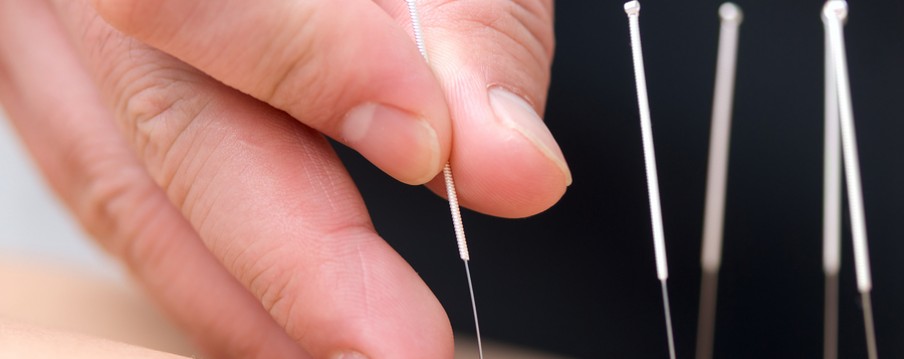Traditional Chinese Medicine:
Traditional Chinese Medicine (TCM) is the style of practice that is perhaps the most common method of Acupuncture treatment found in the United States. In this style the patient is asked a series of general health questions as well as questions regarding their primary complaint. The pulse is taken and the tongue and facial complexion observed. A treatment is developed based on the overall pattern of diagnosis which is often explained in terms of the functioning of the organs of the body primarily the Heart, Lungs, Liver, Kidneys and Spleen. Points are chosen to correct this pattern of diagnosis and may be used in bilateral pairs (points treated on both sides) of the body. This style is often incorporated into treatments for internal medical conditions.
Japanese Acupuncture:
Both traditional and contemporary styles of Japanese acupuncture may be used in developing your treatment plan. These styles use very thin needles and very gentle technique to treat a variety of issues including pain and injuries as well as internal medical conditions. Mental/emotional issues are also taken into account. The traditional techniques of Japanese meridian therapy such as six position pulse diagnosis and 5 element theory may be used. Also the techniques of Kiiko Matsumoto’s Japanese style of Acupuncture as taught at the Tri-State College of Acupuncture may be used in diagnosis and treatment. These techniques involve Hara or Abdominal palpation to diagnose a patient’s problem. Kiiko Matsumoto’s style of practice may be used to address a variety of concerns including immune issues and adrenal functioning, blood sugar problems as well as stress and fatigue.
Trigger Point Therapy:
The release of trigger points may also be incorporated into your acupuncture treatment. The diagnosis and release of myofascial trigger points, as taught at the Tri-State College of Acupuncture, was pioneered by Dr. Janet Travell. Initially involved in pulmonology, cardiology and general medical services Dr. Travell was later appointed as White House Physician under president John F. Kennedy. She otherwise spent much of her career developing her understanding of how isolated tender spots in muscles create and refer pain to other areas of the body. The practice of trigger point release was developed from these discoveries and remains today as an outstanding technique for treating myofascial pain and dysfunction.
The release of trigger points can be performed with specialized needling techniques. Some patients enjoy the release of constricted muscular tension, while others find these techniques to be rather intense resulting in some mild residual soreness. The option of using trigger point therapy can be discussed as part of your treatment plan. These techniques are only used within a patient’s comfort level and always with the patient’s consent. They are excellent for athletes of all kinds, for those recovering from a variety of injuries, and for those suffering from chronic muscle tension.

